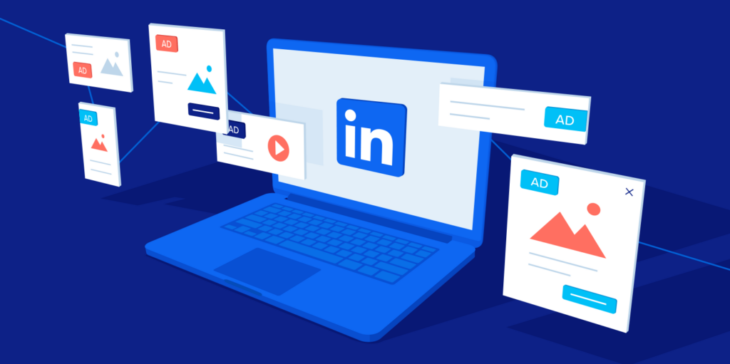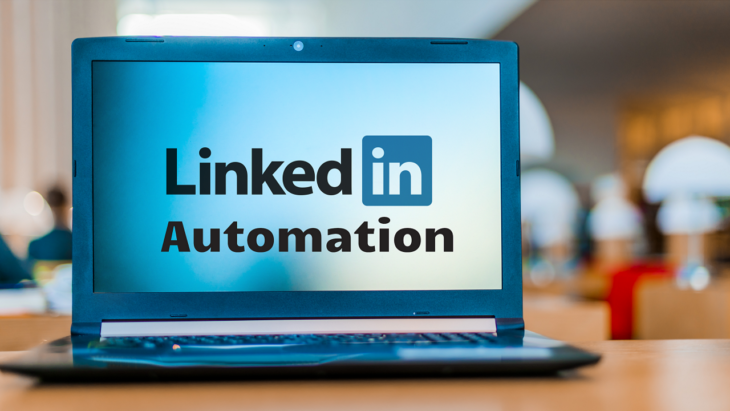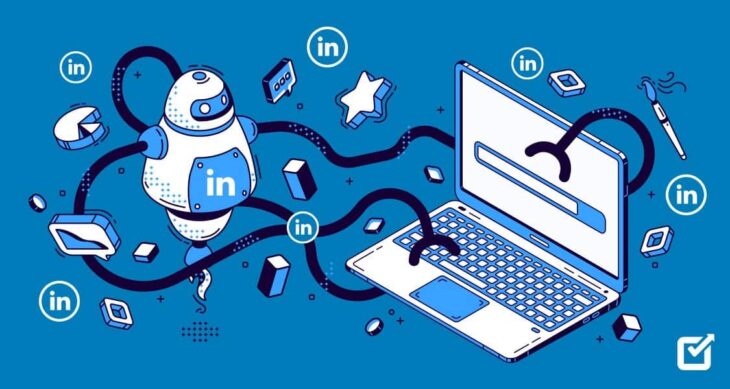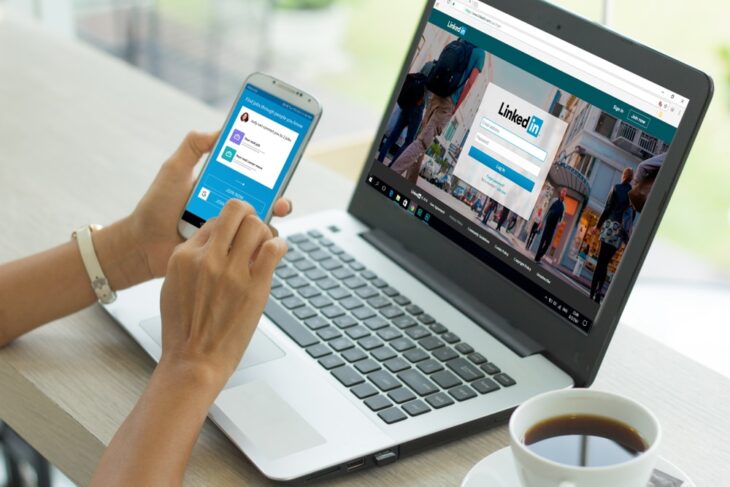LinkedIn is a great platform to build one’s online presence professionally. It allows one to form connections with people working in the same field and potential employers and employees. This makes it a great platform for various professionals in different fields. But manually working on LinkedIn can be time consuming and tiring. Hence, many people look for LinkedIn automation tools like Dripify to help them in performing and optimising many mundane but important tasks on the platform.
People who are new to LinkedIn automation tools or want to venture on it in the future can use some tips regarding the same. This will not only help them in optimising their LinkedIn account but also creating a good online professional presence. Hence, given below is a comprehensive list of 5 things that one should have in mind while using LinkedIn Automation Tools:
Contents
1. The purpose of usage

Source: bluetree.ai
There are many reasons why a person would want to use automation tools on LinkedIn. Many people use such tools to spread the word about their business on the platform and connect with their service partners and/or potential customers, while others use it to build professional connections that will help them with their career.
If one does not have a particular goal set in mind regarding how and why they need automation tools, then investing in those tools can be unnecessary. Hence, if one decides to use automation tools for their LinkedIn account and its functioning then one should have a specific goal in mind as to how it will benefit them. This will also help one streamline the automation process.
2. The pros and the cons

Source: sortlist.com
Before deciding on anything related to one’s business or professional life, it is important to know about the benefits and the disadvantages of the same. This also applies to automation tools for LinkedIn. Before diving into using it, it is important for one to know how it will affect one’s business, professional life, connections and one’s LinkedIn account.
The pros or advantages of using an automation tool are that it saves the user’s time by automating a lot of simple processes like making or sending messages, sending requests for forming connections, seeing and automatically replying to messages, following related pages, etc. This in turn makes the whole process of building connections faster and easier. It can help one get noticed.
But there are also some cons to this. Using such automation tools, takes away the personalisation factor that comes from building various connections. The repetitive template messages can be off putting for people who might try to ask genuine questions and inquiries. This can make one’s profile and business seem robotic rather than personal and put off connections. Besides this, using an excess of automation tools can make LinkedIn flag an account as a bot and limit its reach.
3. The safety of the automation tool

Source: socialchamp.io
Automation tools do not just function. They need specific permissions from an account’s owner to function and perform tasks like sending messages, replying to them, getting access to one’s connection, etc. Although getting permissions to perform these tasks is necessary while working with automation tools, it can also lead to a breach of privacy if one does not use a trusted automation tool.
Hence, it becomes very important to read the terms and conditions related to the permission and usage of one’s private data by such automation tools and only opt for popular and trusted automation tools. This can reduce the risk of one’s data being exposed or being shared with a third party.
4. Monitor the benefits and results

Source: sortlist.com
When working with any new tool or service, it is important to monitor its costs and subsequent benefits. This is the only way to ensure whether one is being benefited by the use of such automation tools. One way to do it is to compare the outcomes that one received before using an automation tool and when one uses the automation tool. It will help one see the costs and returns of such a tool.
For instance, if using the automation tool does not lead to any major benefits then it might not be worth it but on the other hand if it does help in acquiring more meaningful connections and having better communication with others, one can decide to continue its use. This can help one decide whether to continue using the tool or look for other methods on growing on the platform.
5. Maintain personalisation

Source: rockcontent.com
Even though automation tools are inherently automated by some programmes, it is still possible to personalise them a bit according to one’s needs and wants. It is even advisable to personalise the use of one’s automation tool to benefit oneself.
One can do this by creating one’s own templates of message replies that seem like they come from an actual person, use automation to form natural seeming connections, etc. This will not only give one’s connections the illusion of personalised messaging but also help in establishing better connections overall which can later prove beneficial in one’s professional life.
Conclusion
LinkedIn is a great platform for forming professional connections and it is understandable that it can become difficult to do each and every task of connecting with one’s wanted people manually. This is where automation tools come into picture. They not only help in making the mundane tasks related to the usage of the platform earlier but also make the process a lot faster and streamlined.
But, while using such tools one must not forget that the thing that maintains the newly-built connections is personal touch and personalisation because no one likes to talk to a bot. Hence, even though automation tools are great and should be used, one should also try to maintain some level of personalisation in the way they connect and interact with their connections. This not only will grow the reach of one’s LinkedIn account but also help in keeping those connections intact.
